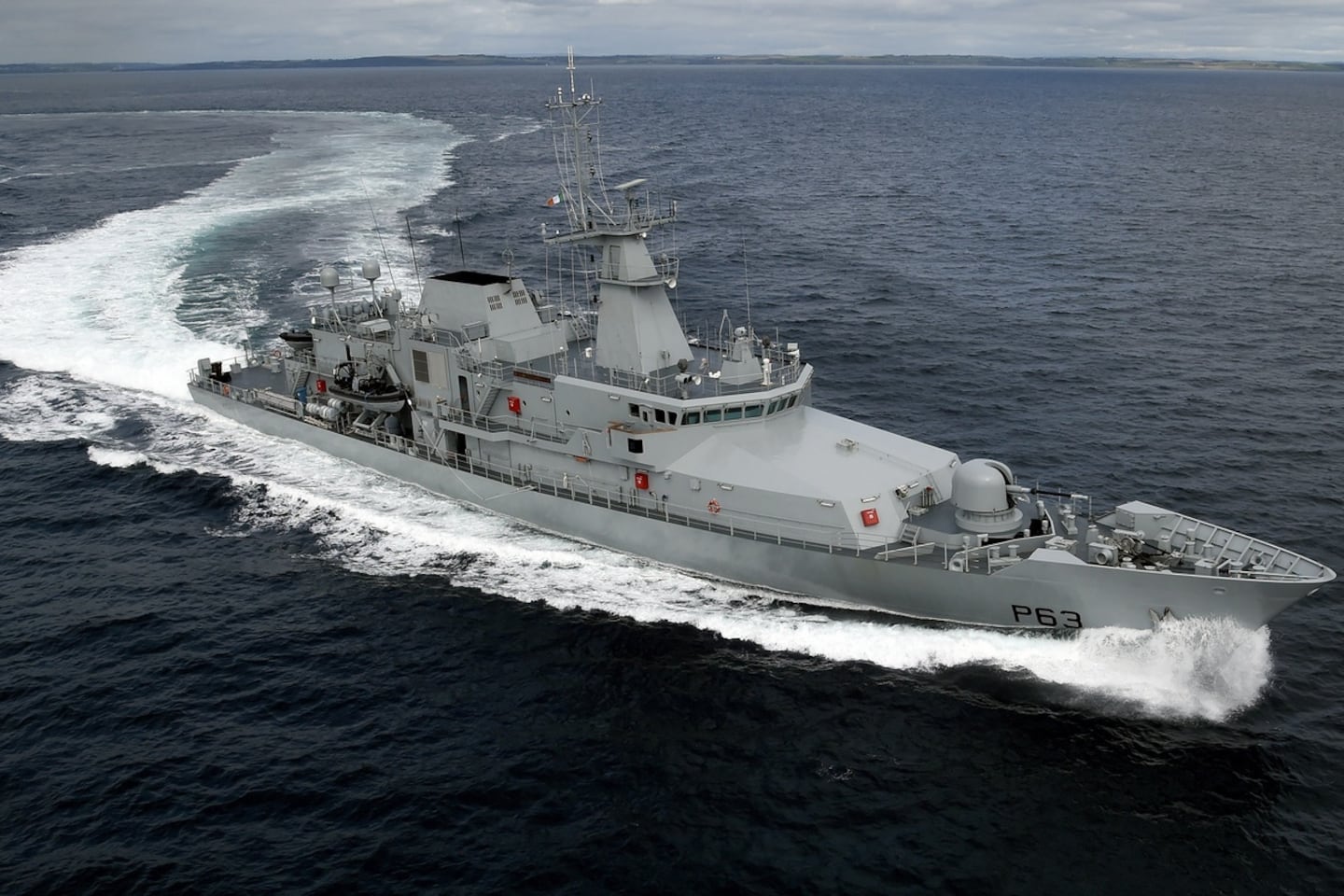On the banks of the rolling river Foyle in Co Donegal, tillage farmer David Moody is considering when he’ll be able to harvest crops after a July of “impossible” weather.
“The wheat is ripe now and ready to go but the fields are too wet to go in and harvest,” he says.
“The quality is going to start deteriorating from now on and that will have a serious impact on everything.”
The situation is similar at the opposite end of the country, where east Cork farmer Paul Moore is waiting to harvest spring barley.
READ MORE
“It’s not a crisis yet but it’s going to be a problem because of wet weather and rain lodging,” he says.
While an 83-year record for the hottest June in Ireland was broken this year, it has been quickly followed by the wettest July on record, and this is playing havoc with harvest dates for tillage farmers.
The sector is often overlooked due to the dairy behemoth that dominates the agriculture scene in Ireland, with the result that the majority of animal feed – four million tonnes – is imported from other countries. This leaves farmers exposed to inflation in feed prices when there is disruption to supply lines, as with the Ukraine war, while also increasing the carbon footprint of Irish farms using that imported feed.
Despite a €10 million tillage incentive scheme launched by Minister for Agriculture Charlie McConalogue in June and a national target to hit 400,000 hectares under tillage production by 2030, Teagasc predicts there will be a 13 per cent drop in tillage production this year.
[ July was Ireland’s wettest on record with 215% of expected rainfallOpens in new window ]
Part of the reason why tillage farmers are finding it difficult to maintain production is not just due to the weather but increasing costs.
In Donegal Mr Moody says the price he is paying for agricultural diesel has shot up 10 cent to €1 per litre including VAT in the past week. The dryer he uses to bring down the moisture levels on his crops can use up to one litre of diesel a minute and in current conditions it can take up to five hours to dry a batch.
Another issue for tillage farmers is competition for land from dairy farmers who need extra land to stay within the guidelines of the nitrates derogation. This derogation allows them to stock animals at a higher than normal level, but the rules around the derogation are expected to change significantly and dairy farmers will need more land to satisfy the rules.
This threat has put pressure on the farmland rental market, with dairy farmers outbidding tillage farmers for land. A report last year stated that the price of rented land increased by almost 20 per cent to more than €200 per acre.
Overall prices are also a concern for tillage farmers. Quotes are back €100 per tonne down to €200 per tonne for spring barley compared to last year.
Louth farmer Karl Cooney is blunt about the prospects of this year’s harvest.
“It looks to be a repeat of 1985, a time when there were a lot of crops that were never cut or harvested and had to be ploughed back in the ground,” he says.
“There is water lodging in tramlines everywhere and the golden colour has gone out of the straw. It’s just an absolute mess and people are clutching at straws to save the harvest this year.”












